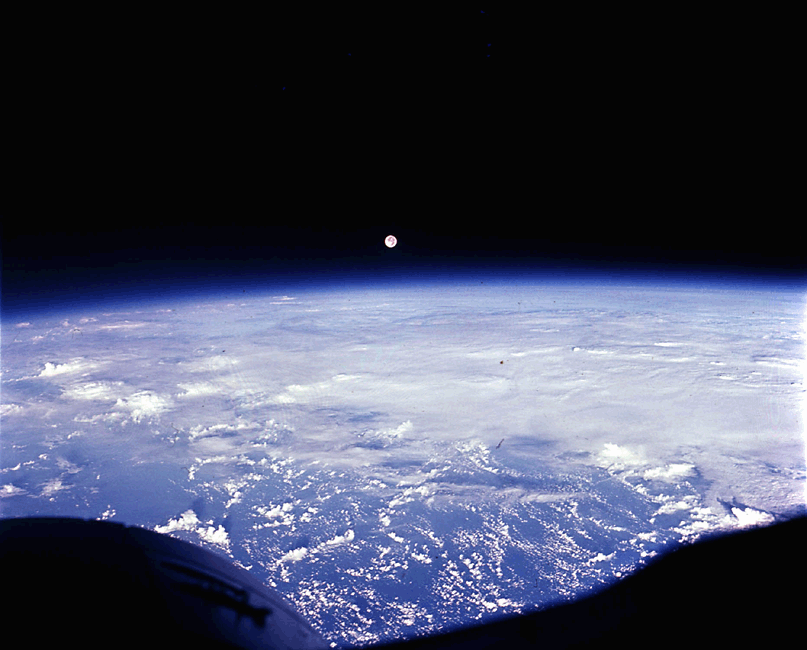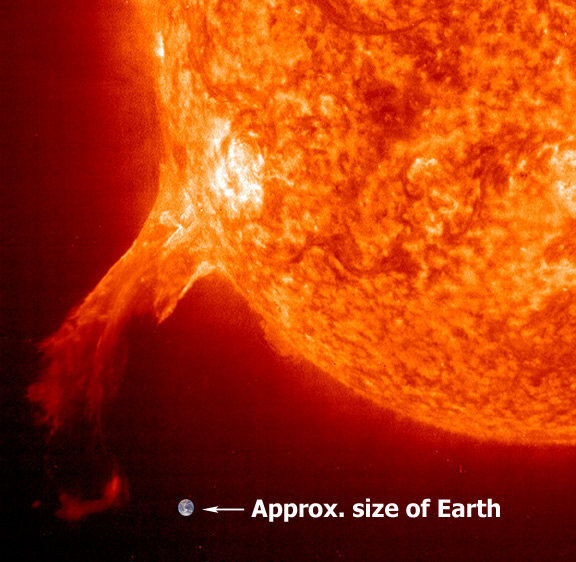Yesterday the Writers of the Future contest folks posted the list of 3rd quarter semi-finalists and finalists, on which you’ll find yours truly … marking the first time I’ve made it to that level of the contest.
It feels good to have made it past the “Honorable Mention” hurdle, at least this once, though my critical self has had trouble putting it in perspective. Those who know me well won’t be surprised that this milestone produced a variety of thoughts — most of them negative — in my addled brain. Listed here in the approximate order in which they occurred to me:
- “Even a blind squirrel finds a nut now and then”
- “Maybe I’m getting better at telling a good story”
- “The competition must’ve been fairly weak this quarter”
- “If the best story I ever wrote only rates a semi-finalist slot, maybe I should give up this writing stuff”
- “I wish I’d made one more editing pass over the new story I just sent to them”
But, as I posted on Twitter and Facebook and have told anyone who would listen, I liken this to a great drive off the tee that makes up for dozens of hooks and slices and keeps the weekend golfer coming back for more. Even a minor writing triumph like this is enough to keep me coming back.
To take that metaphor a little further, I left this story on the green and need to make a good putt to finish well. The nice thing is that every semi-finalist story is critiqued by the contest director, and her comments were direct and insightful. Now I just have to figure out how to fix the problem she found in such a way that the story has a more satisfying ending — though I wish that was going to be as easy as it sounds. But if I read the green correctly and stroke the ball well, I might yet make something of this story.

















